Why it Matters
Discover why proper training can be a game-changer for completing the Grand Canyon’s 24-mile rim-to-rim hike.
The Big Picture

Ah, the Grand Canyon—a gaping wound in the Earth so profound that even poets would struggle to capture its essence. But nothing—no photograph, not even your grandma’s over-embellished stories—can prepare you for a rim-to-rim hike, a feat often completed in 12 hours but which took me a staggering 16.

The adventure commenced at the North Rim, a less touristy beginning but one that screams, “Hey, I’m not here to mess around.” A 24-mile trail lay ahead. Like any fool charmed by nature’s beauty, I thought, “How hard could it be?” Phantom Ranch, a quaint base that could have been stolen from a childhood storybook, served as the midway point. The way up was, let’s say, a soul-searching affair.
What made the hike longer than expected? A simple answer: lack of proper training. You see, the Grand Canyon doesn’t care about your weekend jogs or your yoga stretches. It’s an unforgiving landscape that challenges every fiber of your being.
By the Numbers
- 24 Miles: The length of the rim-to-rim hike.
- 12 Hours: Average time to complete the hike.
- 16 Hours: My time, a testament to what not preparing properly can lead to.
- 1 Stop: Phantom Ranch, the dream-like midpoint.
More Details
Let’s set the stage here. The North Rim, a relatively quieter part of the Grand Canyon, has an altitude that could leave you breathless—and not just from the view. It’s often cold in the morning, even in October. You may be hoodwinked into thinking the rest of the journey will be a walk in the park. Oh, how wrong you could be!
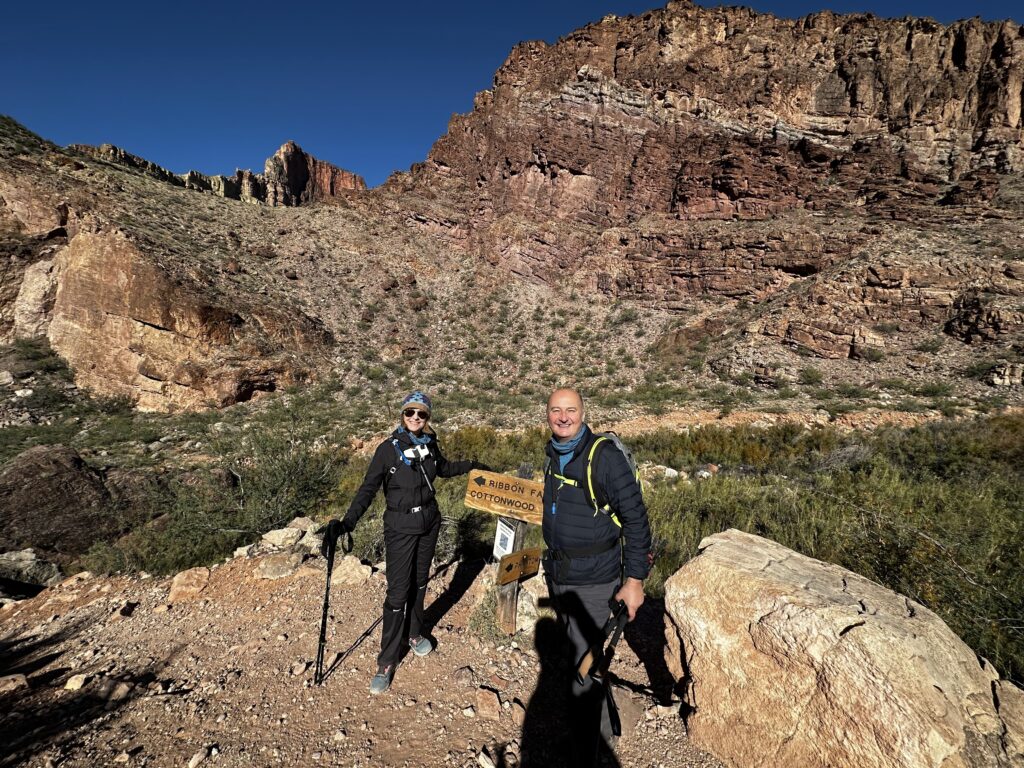
The descent is initially a joy, a brisk walk where the wind whispers tales of adventurers past. You’re surrounded by an endless gallery of rocks, each layer narrating 250 million years of history. How can something so ancient make you feel so alive?
But, dear reader, here’s where the honeymoon phase ends and the reality of your physical limitations sets in. You reach Phantom Ranch, the oasis amid unforgiving terrain. This pit stop is crucial for refilling water, refueling energy, and recalibrating your thoughts.
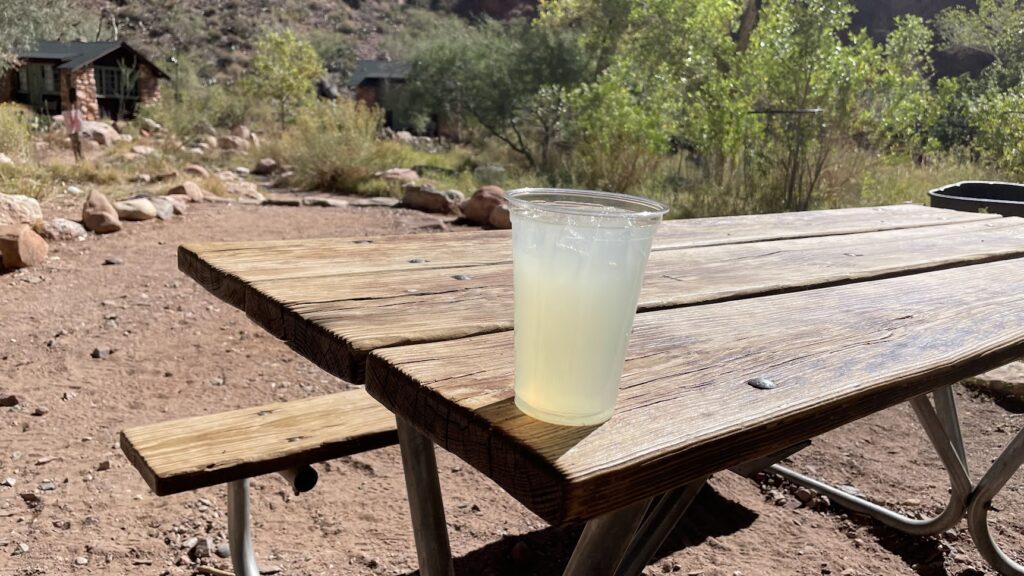
The ascent is where the Grand Canyon reveals its true colors. If the descent was a test of your legs, the ascent is an exam for your lungs, heart, and very soul. Every step becomes a Sisyphean task. This is the segment where my lack of training bit me right in the glutes. Muscle fatigue? Check. Mental exhaustion? Double-check. It felt like the canyon itself was saying, “You should’ve trained better, buddy!”
Lessons were learned the hard way. First, don’t underestimate the need for specific, targeted training. Sure, you may jog five miles a day, but that’s child’s play for the canyon. Second, familiarize yourself with the hike’s technicalities. Understand where the water stations are, what supplies you’ll need, and how to pace yourself.
Despite the challenges, crossing from one rim to another filled me with an overwhelming sense of accomplishment. The exhaustion, the struggles, they all fade away when you stand triumphantly at the end. You realize you’ve conquered not just 24 miles of rugged terrain, but also a significant mental battle within yourself.
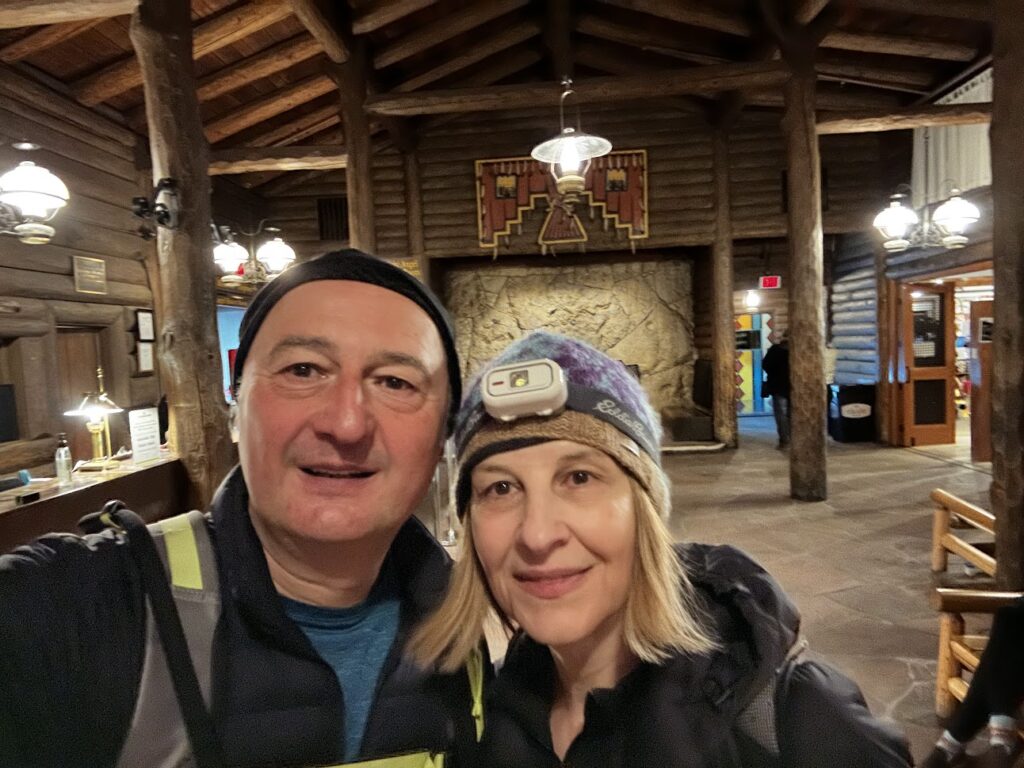
Go Deeper
- “Why Training Matters for Long Hikes“: Look into the importance of proper physical preparation before embarking on extended hikes.
- “The Hidden Gems of the Grand Canyonhttps://www.mygrandcanyonpark.com/news/grand-canyon-secrets-ken-burns/“: Learn about less-known spots within the canyon that offer a different kind of allure.
- “Hiking Gear Essentials“: An article on must-have gear for a hike of this magnitude can be a lifesaver, literally.
- “The History and Geology of the Grand Canyon“: Because knowing about the 250 million-year-old rock you’re stepping on makes the journey even more meaningful.
How to train for the Grand Canyon’s Rim-to-Rim Hike
Why it Matters
Optimal preparation ensures that your Grand Canyon rim-to-rim hike is more of a victorious feat than an endless feat of endurance.

The Big Picture
So you’ve decided to tackle the Grand Canyon rim-to-rim hike, huh? A 24-mile journey that promises epic vistas, sore glutes, and, if you’re lucky, spiritual enlightenment. But as I’ve learned (the hard way), leaping into this challenge without adequate preparation is akin to auditioning for “Dancing with the Stars” after mastering the Macarena at a 90s party. It’s just not enough. Here are some top tips to ensure you’re a conqueror, not a casualty, on this monumental hike.
By the Numbers
- 3-6 Months: Recommended preparation time.
- 5 Key Components: Endurance, strength, flexibility, nutrition, and mental readiness.
- 4 Liters: Minimum amount of water to carry.
- 10 Miles: Suggested length of your longest practice hike.
More Details
Endurance Training
The rim-to-rim hike is no sprint; it’s a marathon. Begin your training 3 to 6 months in advance. Start small, maybe with a 3-mile hike, and progressively ramp up the mileage. Aim for a 10-mile hike at least a couple of weeks before the big day.

Strength Conditioning
While the Grand Canyon isn’t exactly Mount Everest, don’t underestimate its terrain. Incorporate strength training into your regimen. Focus on leg strength (hello, squats!) and core stability exercises.
Flexibility
Flexible muscles are less prone to injury. Incorporate stretching into your daily routine, but especially before and after practice hikes. If you can, add in some yoga for flexibility and balance.
Nutrition and Hydration
The old saying, “You are what you eat,” takes on a literal meaning here. Nutrient-dense foods like fruits, veggies, and lean protein will be your best pals. Hydration starts days before the hike—aim to drink at least 4 liters of water on the hike itself.
Mental Readiness
Don’t discount the importance of a positive mindset. Visualization techniques can help: imagine yourself successfully completing the hike, feeling the triumph wash over you. This is as essential as any physical prep you do.
Gear Up
Invest in high-quality hiking boots and wear them during your practice hikes to break them in. A walking stick can be a lifesaver for balance and support. Don’t forget your first aid kit, layered clothing, and enough food to sustain you.
Know Your Stops
Research where you can refill water, rest, or seek emergency help. Phantom Ranch is a key rest stop, but there are other water stations and shady spots you should be aware of.
What food to bring to the Grand Canyon Rim-to-Rim Hike: Fueling the 24-Mile Challenge
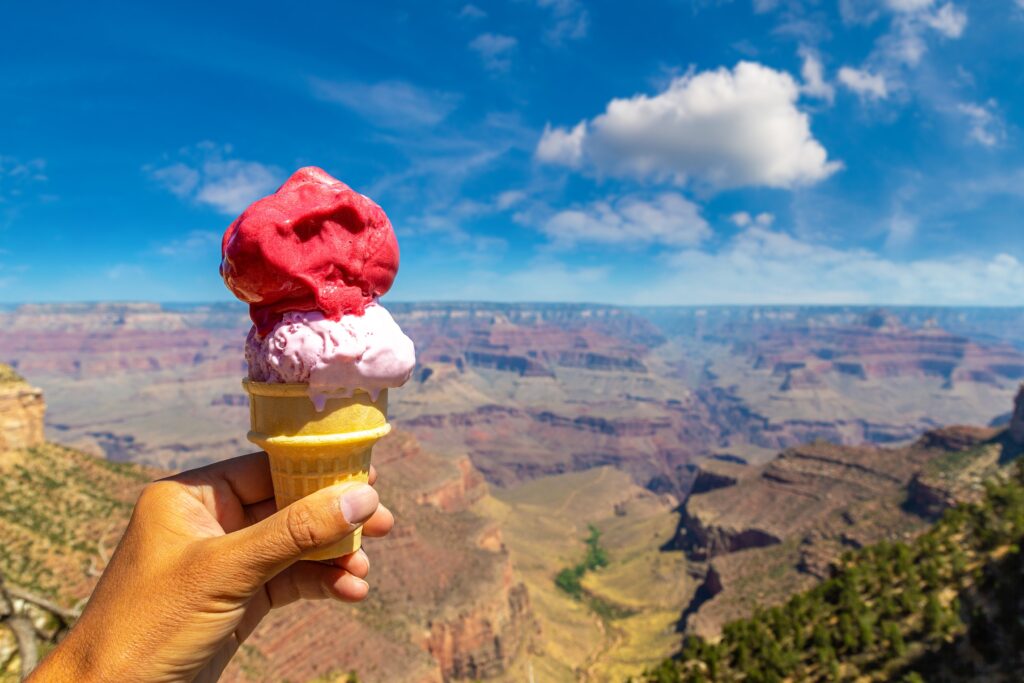
Why it Matters
Choosing the right food can make or break your Grand Canyon hiking experience, making the difference between “I did it!” and “Why did I do it?”
The Big Picture
The Grand Canyon’s rim-to-rim hike is not just a test of your legs and lungs but also of your snack game. The sheer exhaustion is bound to catch up with you if you aren’t munching on the right goodies. Just imagine—you’re halfway through, standing at the iconic Phantom Ranch, and you realize your food choices were as poor as a pirate who buried his treasure but forgot where. We don’t want that, do we? So let’s dig into the pantry of hiking sustenance, shall we?
By the Numbers
- 3,000-4,000 Calories: The estimated number of calories burned during a rim-to-rim hike.
- 3 Types of Foods: Carbohydrates, protein, and fats are essential.
- 4 Liters: The minimum amount of water to accompany your food.
- 6-8 Snack Breaks: Recommended number of times you should eat during the hike.
More Details
Carbohydrates
Aka your quick-energy buddies. Opt for complex carbs that release energy gradually. Think oat bars, whole grain crackers, and dried fruits like apricots or raisins. These should make up around 50-60% of your hiking diet.
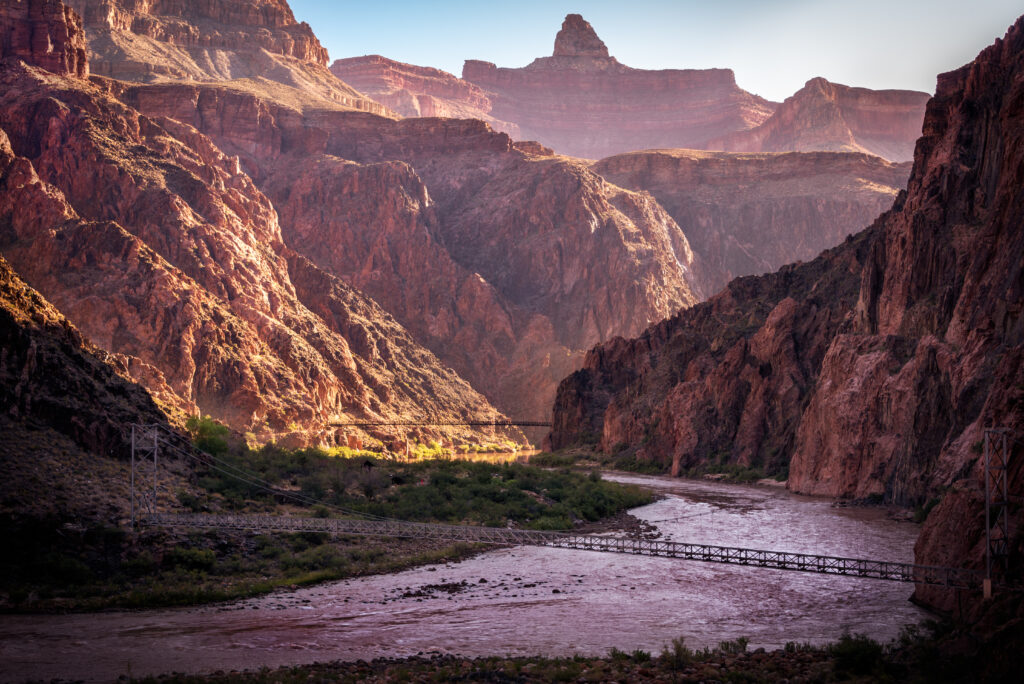
Proteins
Your muscles are screaming for these. Bring along jerky, nuts, or even protein bars. But keep in mind, that too much protein can dehydrate you, so balance is key. Aim for proteins to take up about 15-20% of your total food load.
Fats
Before you cringe, hear me out. Fats like almonds or cashews are calorically dense and can provide sustained energy. Mix them with some chocolate or dried fruit for a homemade trail mix.
Pre-packaged vs DIY
Pre-packaged hiking foods like freeze-dried meals are convenient but can be costly. If you’re a DIY kind of person, consider making your own energy bars or trail mix at home.
Hydration

Let’s not forget the essential liquid of life. Pack at least 4 liters of water, and consider electrolyte-replenishing drinks or tablets.
Fresh vs Shelf-Stable
Fresh fruits like bananas and oranges are great but can get mushy. Stick to items that are shelf-stable and won’t spoil during your trek.
Timing
Plan to take snack breaks every 2-3 hours to replenish lost energy. You can’t just bolt down a feast at Phantom Ranch and expect to scale the rest of the hike like Spider-Man.
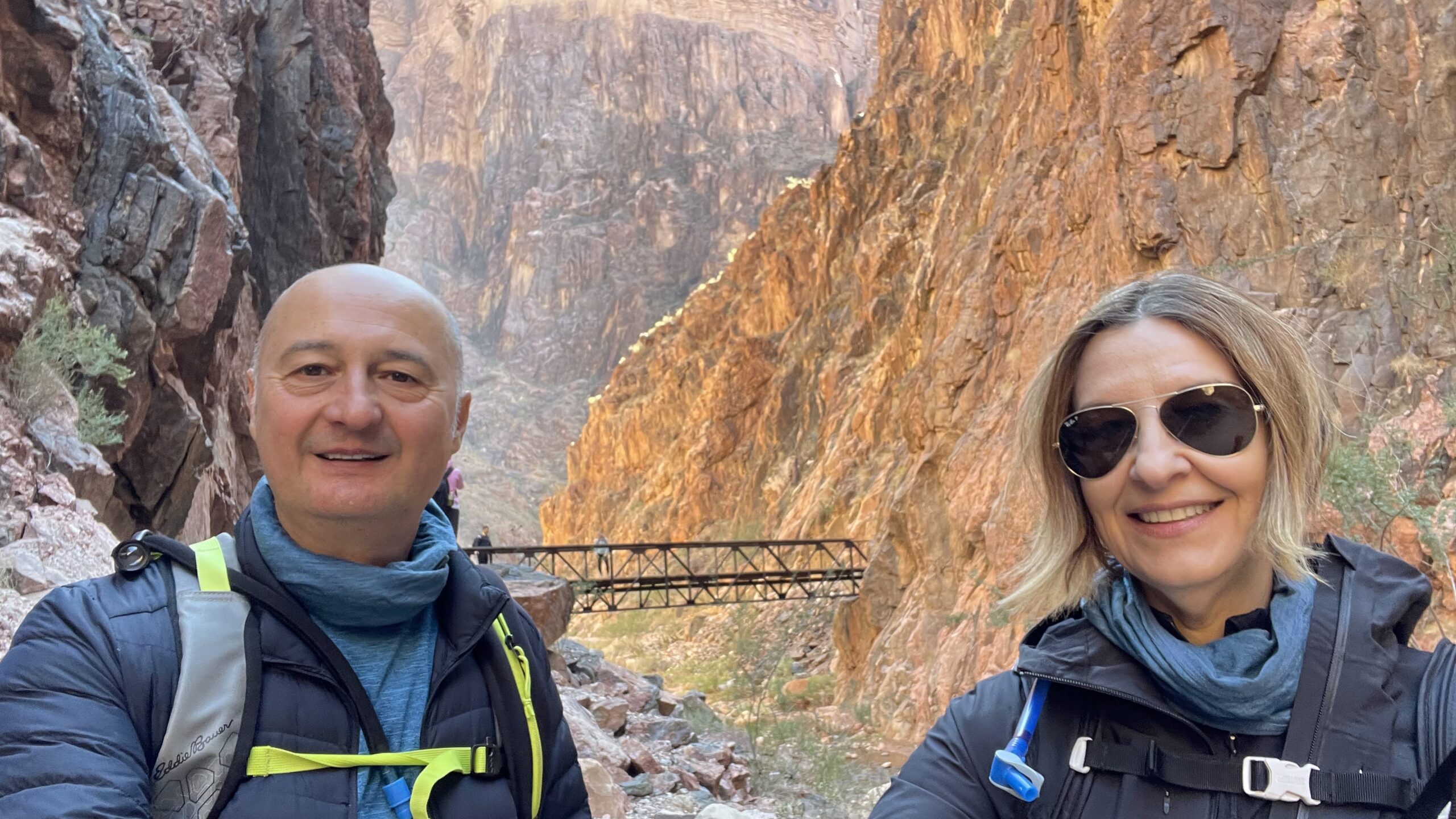
Leave a Reply